PDA vs. Smartphones: Which is Better for Industrial Use?
In today’s fast-paced industrial environments, mobile devices play a crucial role in improving efficiency, data collection, and real-time communication. Two primary options dominate the market: Personal Digital Assistants (PDAs) and smartphones. While consumer-grade smartphones are widely used, industrial-grade PDAs are specifically designed for rugged environments.
This blog explores the key differences between PDAs and smartphones in industrial applications, helping businesses choose the best device for their needs.
1. Understanding PDAs and Smartphones
What is a PDA?
A Personal Digital Assistant (PDA) is a handheld device optimized for industrial and enterprise use. Modern industrial PDAs integrate barcode scanning, RFID, and rugged designs to withstand harsh conditions.
Key Features:
- Rugged construction (IP67)
- Long battery life
- Specialized data capture (barcode, RFID, NFC)
- Customizable for enterprise software
What is a Smartphone?
A smartphone is a consumer-grade mobile device with advanced computing capabilities. While not inherently rugged, some industrial versions (like rugged smartphones) are reinforced for tougher use cases.
Key Features:
- High-resolution touchscreens
- Consumer-friendly OS (Android, iOS)
- App ecosystem for productivity
- Limited durability in extreme conditions

2. Key Differences Between PDAs and Smartphones
| Feature | Industrial PDA | Smartphone |
|---|---|---|
| Durability | Rugged, waterproof, shockproof | Mostly consumer-grade, some rugged models |
| Battery Life | Replaceable, long-lasting (5000mAh+) | Fixed, moderate (3000-4500mAh) |
| Data Capture | Built-in barcode/RFID scanners | Requires add-on peripherals |
| Customization | Enterprise software integration | Limited to app store options |
| Operating System | Often Android-based with industrial optimizations | Standard Android/iOS |
| Cost | Higher initial cost but long-term ROI | Lower upfront cost, may need frequent replacement |
3. Industrial Use Cases: Where PDAs Outperform Smartphones
A. Warehouse & Logistics
- PDAs excel in barcode scanning, inventory tracking, and long shifts.
- Smartphones may struggle with continuous scanning and durability.
B. Manufacturing & Field Service
- PDAs withstand dust, drops, and extreme temperatures.
-Smartphones risk damage in harsh factory environments.
C. Retail & Healthcare
- PDAs support secure patient data and fast checkout scanning.
- Smartphones lack specialized scanning efficiency.
4. When Are Smartphones a Better Choice?
A. Light-Duty Applications
- For basic inventory checks or communication, smartphones work well.
B. Cost Sensitivity
- Small businesses may prefer cheaper smartphones with add-on scanners.
C. User Familiarity
- Employees adapt quickly to smartphones due to their consumer-friendly design.
5. Future Trends: The Convergence of PDAs and Smartphones
Manufacturers are now blending PDA durability with smartphone flexibility. Rugged smartphones (e.g., Cat Phones, Zebra TC series,Leeshion's PDA) offer:
- Better durability
- Optional barcode scanning
- Enterprise security
However, traditional PDAs still dominate in mission-critical industrial roles.
6. Conclusion: Which One Should You Choose?
Choose a PDA If:
✔ You need rugged durability
✔ Barcode/RFID scanning is essential
✔ Long battery life and enterprise software are critical
Choose a Smartphone If:
✔ Your environment is less harsh
✔ You prefer lower upfront costs
✔ General-purpose use is sufficient
For heavy-duty industrial applications, PDAs remain the superior choice, while smartphones suit lighter, cost-sensitive operations.
Final Word: The best device depends on your specific needs—evaluate durability, functionality, and budget before deciding。
No comments






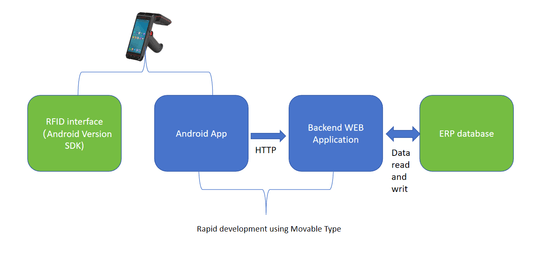
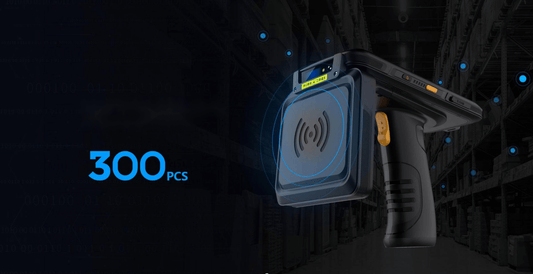

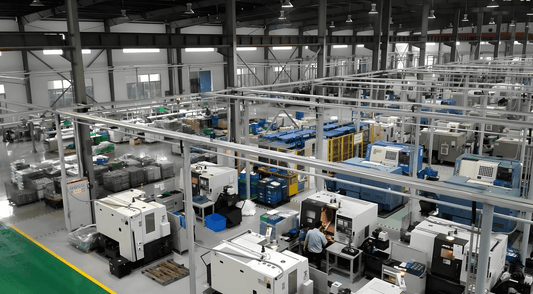
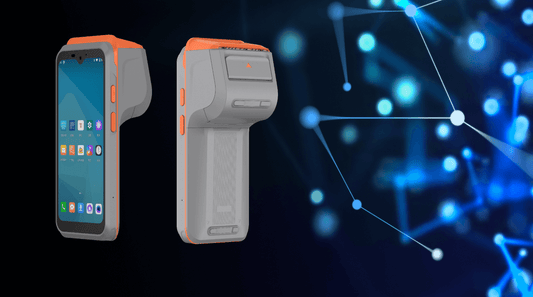
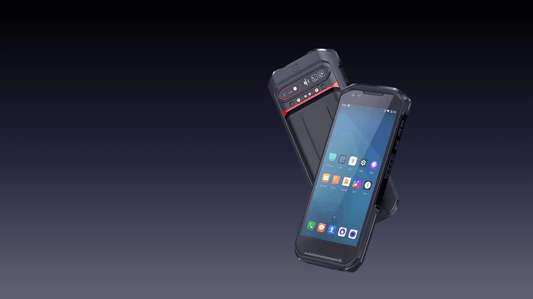
0 comments